According to doc (http://www.auto-diagnostics.info/pdf/ford_eectch98.pdf), this 8061 microprocessor chip contains 256bytes of internal
RAM (also referred to as register file in the doc). However, the only register file
named in this diagram is a 120x16 register file(or 960bytes?)
Hence, where is the 256bytes of internal RAM aka general purpose register
And why is there a 120*16 register file instead? What is it made of?

Is the 256bytes of internal RAM in the instruction register? (which I assume Consists of the address and instruction register(among others as stated here https://cs.calvin.edu/activities/books/c++/engr-sci/WebItems/Chap05/ComputerArchitecture.pdf) ?
The Memory Map doesn’t show this as well.
If according to the notes on the memory map, the 256 locations are on chip and refer to the internal register file then what would be considered external?

a relative to the 8061: http://datasheets.chipdb.org/Intel/MCS96/APPLNOTS/27006102.PDF